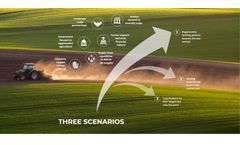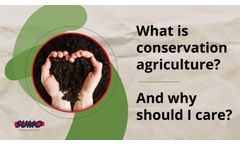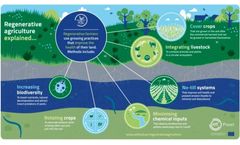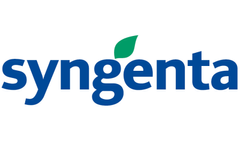Minimum Tillage Articles & Analysis
11 articles found
What does the future hold? What are the most important enabling conditions for the scaling of regenerative agriculture so that companies hit their 2030 targets and regenerative agriculture becomes ...
Such methods can lead to savings on labour, fuel, and maintenance. Minimum or zero tillage means soils are cultivated as little as possible which should help farmers to save time and reduce wear and tear on machinery. ...
In our recent blog on ‘Regenerative Agriculture and Climate Change,’ we explored the prospects of regenerative agriculture in combating climate change. Its benefits are continuously evolving and still core to controversial scientific debates. However, we concluded that regenerative agriculture is an approach that puts us in the right frame of mind. It means thinking beyond minimising ...
DTS strip-till seeding is a conservation agriculture system that uses a minimum tillage approach that improves root development and soil carrying capacity. It combines the soil drying and warming benefits of conventional tillage with the soil-protecting advantages of no-till by disturbing only the portion of the soil into which the seed is ...
This landscape is, however, prone to soil erosion -in particular, rills develop when soil is weakened by excessive tillage and exposed to intense rainstorms. If not carefully managed, runoff and soil erosion threaten not only the productivity of these soils, but also the region’s water resources. ...
BySyngenta
New agronomy covers a range of practices, including strategic crop rotations to minimise pest and disease threats; interspersed planting of nitrogen-fixing trees and shrubs with crops to improve soil health; and elimination of tillage to retain moisture under crop residues. Improved cultivars and chemical fertilisers may play an important role in these systems, but they do not ...
Conservation tillage, besides being more economical, prevents soil erosion and has other beneficial effects on our environment, but few studies have been conducted on differential responses of different crops to conservation tillage. ...
Half the plots were conventional tillage and half were minimum tillage. Dry matter partitioning, flowering, root hydraulic conductance, leaf water potential, lint yield, yield components, and fiber quality data were collected. ...
Compared to traditional plowing, TP losses under minimum tillage were reduced by 0.30 kg TP ha–1 over five site years, TP losses under contour cultivation were reduced by 0.30 kg TP ha–1 over two site years, and TP losses using in-field barriers were reduced by 0.24 kg TP ha–1 over two site years. ...
Terracing the ground, planting trees as shelterbelts against windblown soil erosion, and practicing minimum tillage—in which the soil is not plowed and crop residues are left on the field—are among the most important soil-conservation measures. ...
A 7-yr study (1977–1982, and 1985) to evaluate tillage and tillage timing effects on soil water storage, crop water use, and grain yield of winter wheat (Triticum aestivum L.) and spring green pea (Pisum sativum L.) in rotation, was conducted near Pendleton, OR. Treatments included (i) fall plow (FP)–fall moldboard plow after wheat and after pea, (ii) maximum ...








